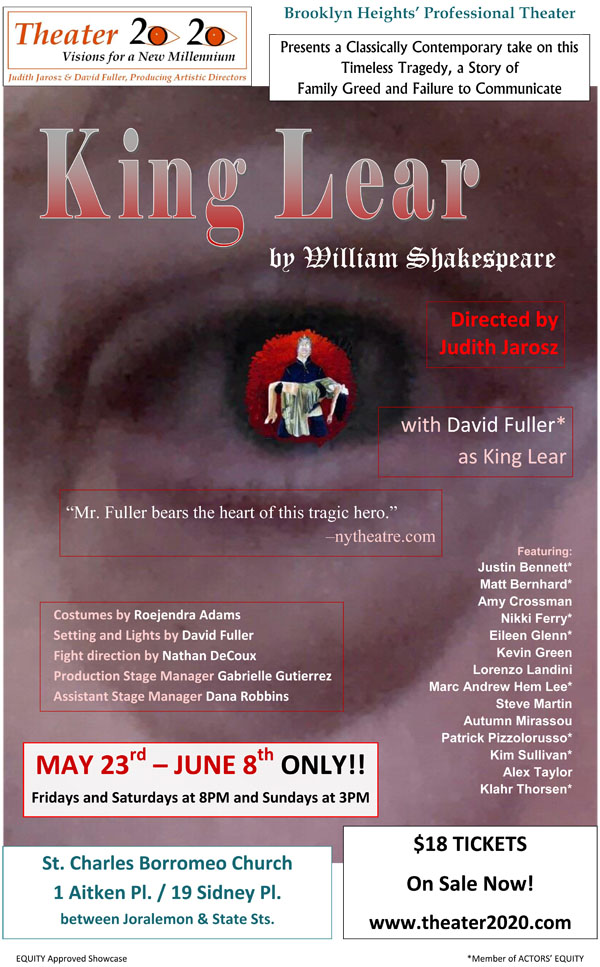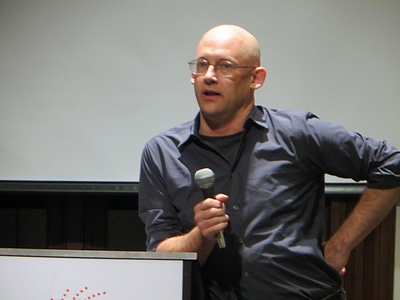This is great stuff. I’ve loved Planxty (about whom I’ve posted before) since I got a copy of The Planxty Collection at a little shop, no doubt long gone, somewhere on Bleecker Street between Sixth Avenue and Christopher Street, in the late 1970s. I especially like this medley of two songs.
“Raggle Taggle Gypsy” is one of a myriad of variations on the same song found throughout England, Ireland, Scotland, and the former British colonies. I also have a version, with the title “Black Jack Davy”, by Scotland’s Incredible String Band. Another, “Black Jack David”, was recorded by Warren Smith, a rockabilly pioneer who was briefly more popular than Elvis. In his book Country: The Twisted Roots of Rock ‘n’ Roll, my erstwhile Bells of Hell and Lion’s Head companion and friend Nick Tosches tells of an interview with Smith in which Nick asked him where he got “Black Jack David.” Smith’s reply was, “I wrote it.” Nick’s next paragraph:
Cut to Athens, fourth century B.C. In his Symposium, Plato refers to an attempt made by Orpheus, mythical poet and son of Oegrus the harper and Muse Calliope, to rescue his wife from the land of the dead. This is the earliest known mention of Orpheus’s wife, Eurydice, and of his adventure in the lower world. It’s also the beginning of “Black Jack David.”
Nick then traces the Greek Orpheus legend* through various developments by the Roman writers Vergil, Ovid, and Boethius. Nick writes, “It was King Alfred’s ninth-century translation of Boethius that ushered the Orpheus myth into medieval Britain.” After this, Nick follows its development into poems and ballads in various parts of the British Isles. He notes a syncretic development in Ireland, where the story melds with pre-existing Celtic legends. Such are the roots of the many songs about the abduction and failed attempt to recover a nobleman’s wife, or sometimes daughter, that include “Back Jack David” and “The Raggle Taggle Gypsy.”
From “The Raggle Taggle Gypsy” Planxty segues into Tabhair dom do lámh, an instrumental featuring Liam O’Flynn (photo at left) on uilleann pipes. This enchanting tune is credited by Bunting in Ancient Music of Ireland to Ruairí Dall Ó Catháin, a chieftain from County Tyrone whose reputation for skill as a harper and composer may be second only to that of the great Turlough O’Carolan. The story behind Tabhair dom do lámh, as told in Ask About Ireland, is that Catháin was traveling in Scotland when a noblewoman, Lady Eglinton**, thinking him to be a simple itinerant musician, demanded that he play a tune. Angered by her effrontery, Catháin refused. When Lady Eglinton learned of his high status, she apologized, and he composed Tabhair dom do lámh for her.
My friend Larry Kirwan’s band Black 47 gives the translation of Tabhair dom do lámh as either “Give me your hand” or “Let’s be friends.” Another source, Donal O’Sullivan, in his Carolan: The Life, Times, and Music of an Irish Harper, quoted by “Sarah” in the comment thread under a post about the tune in The Session, in turn quotes Arthur O’Neill as claiming Catháin’s original title for it was the Latinized Da mihi manum, which also translates as “Give me your hand.” The tune was later used for an Irish rebel song, “White, Orange and Green” (the colors of the Irish flag) which you can hear by Spailpin here. Later, the Wolfe Tones performed it as “Give Me Your Hand,” with lyrics that seem both a simple love song and a plea for reconciliation between the sectarian factions in Northern Ireland; hear it here.
In the first comment in the thread below The Session post, “Zina Lee” includes this:
I’ve read the following regarding this tune: Note that the tune is pentatonic until the final phrase. The mixolydian seventh appears four measures from the end, while the fourth does not appear until the final measure.
Maybe this explains why, when I asked the uilleann piper who played at our wedding if he could play Tabhair dom do lámh, he politely declined, saying it was too difficult.
The musicians in the video above, other than Liam O’Flynn on the pipes, are: Christy Moore on guitar and vocal; Andy Irvine on tenor mandola (I was introduced to Andy by my date following his solo performance at the old Eagle Tavern on West 14th Street in 1989, and later learned that my future wife and her date were there the same evening); and Dónal Lunny on Irish bouzouki (as the linked Wiki tells, Lunny owned the first bouzouki specifically made for use in Irish music; he later became a member of The Bothy Band).
__________
*The Orpheus legend bears an interesting resemblance to the Biblical story of Lot and his wife. In the Orpheus tale, the hero is told that he may lead his wife back to the land of the living so long as, on the way, he does not turn to look at her. He does, and she disappears. In the Bible story, Lot and his wife are allowed to escape the destruction of Sodom on the condition that they not look back toward the doomed city. She does, and is turned to a pillar of salt (Genesis 19:26).
**The linked source spells her name “Eglington”; others spell it “Eglinton,” which I think is correct. There is an Eglinton Castle in North Ayrshire.
Source: Self-Absorbed Boomer
http://feedproxy.google.com/~r/blogspot/tzVM/~3/yC68c8EX6x4/planxty-raggle-taggle-gypsy-tabhair-dom.html
















